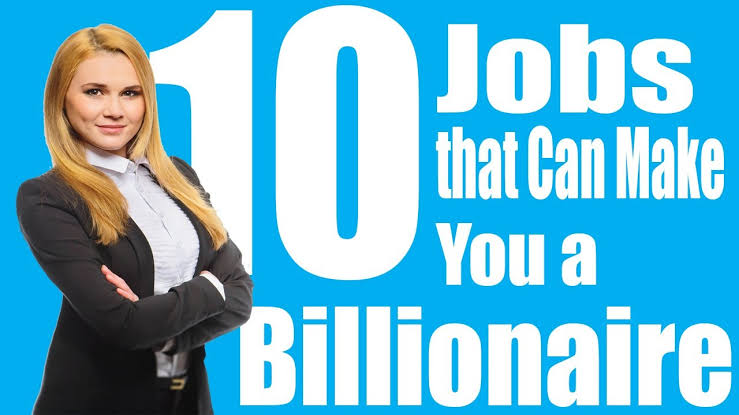The show was syndicated in 1970 and ran on national television for the next 26 years, racking up 20 Emmy Awards for the show and for Donahue as host, as well as a Peabody for Donahue in 1980. In May, President Joe Biden awarded a Presidential Medal of Freedom to Donahue, who was cited as a pioneer of the daytime talk show.
The show included radio-style call-ins, which Donahue greeted with his signature, “Is the caller there?”
The show’s last episode aired in 1996 in New York, where Donahue was living with his wife, actress Marlo Thomas. He met Thomas, the “That Girl” star of the 1960s who was a household name at the time and would later become a regular on “Friends,” when she appeared on his show in 1977.
He later said it was love at first sight, and they did a poor job of hiding it on the air.
“You are really fascinating,” Donahue told Thomas, grasping her hand. “You are wonderful,” Thomas said back. “You are loving and generous, and you like women and it’s a pleasure, and whoever the woman in your life is, is very lucky.”
The two had been married since 1980. Donahue had five children, four sons and a daughter, from a previous marriage.
Donahue returned briefly to television in 2002, hosting another “Donahue” show on MSNBC. The station canceled it after six months, citing low ratings.
He was born Phillip John Donahue on Dec. 21, 1935, part of a middle-class Irish Catholic family in Cleveland. They moved to Centerville, Ohio, when Donahue was a child.
Donahue was in the first graduating class of St. Edward High School, a Catholic all-boys preparatory school in Lakewood, in 1953 and graduated from the University of Notre Dame with a degree in business administration in 1957. He later rebelled against, and left, the church, though he poignantly recalled in his book that “a little piece” of his faith would always be with him.
After a series of early jobs in radio and TV, Donahue was invited to move an earlier radio talk show to Dayton’s WLWD television station in 1967. It moved in 1974 to Chicago, where it stayed for years, then ended its run in New York.
The show featured discussions with spiritual leaders, doctors, homemakers, activists and entertainers or politicians who might be passing through town. A frequent guest was his neighbor, Erma Bombeck, the humorist and syndicated columnist.
He said striking upon the show’s winning formula was a happy accident.
“It may have been a full three years before any of us began to understand that our program was something special,” Donahue wrote. “The show’s style had developed not by genius but by necessity. The familiar talk-show heads were not available to us in Dayton, Ohio. … The result was improvisation.”
That lent a freedom to the show that persisted as it grew to No. 1 status in its class.
With an amiable style and a head of salt-and-pepper hair, Donahue boxed with Muhammed Ali. He played football with Alice Cooper. His guests gave cooking lessons, taught break dancing and, more controversially, described “mansharing,” being a mistress, lesbian motherhood or — with the help of gathered video that got shows banned in certain cities — how natural childbirth, abortion or reverse vasectomies worked.
A stop on “Donahue” became a must for important politicians, activists, athletes, business leaders and entertainers, from Hubert Humphrey to Ronald Reagan, Gloria Steinem to Anita Bryant, Lee Iacocca to Ray Kroc, John Wayne to Farrah Fawcett.
Outside of his famous talk show, Donahue pursued several other projects.
He partnered with Soviet journalist Vladimir Posner for a groundbreaking television discussion series during the Cold War in the 1980s. The U.S.-Soviet Bridge featured simultaneous broadcasts from the United States and the Soviet Union, where studio audiences could ask questions of one another. Donahue and Posner also co-hosted a weekly issues roundtable, Posner/Donahue, on CNBC in the 1990s.
Donahue also co-directed the 2006 documentary “Body of War,” which was nominated for an Oscar.






































